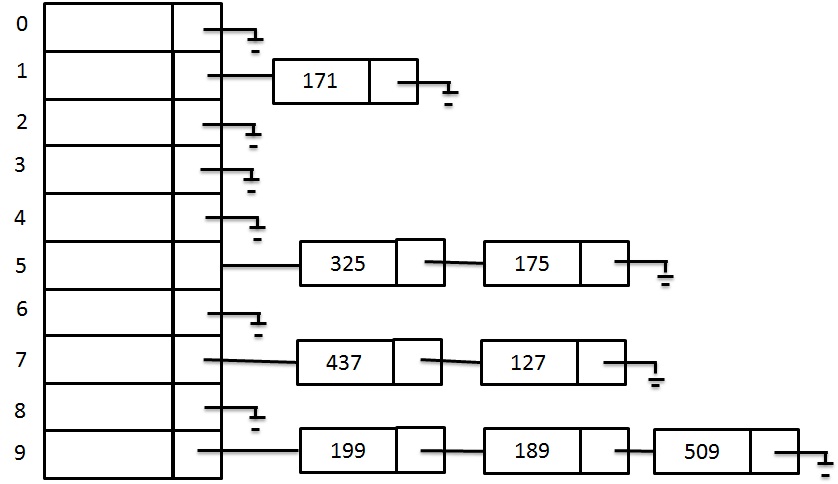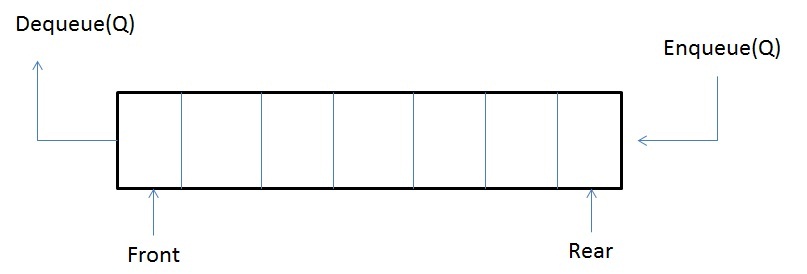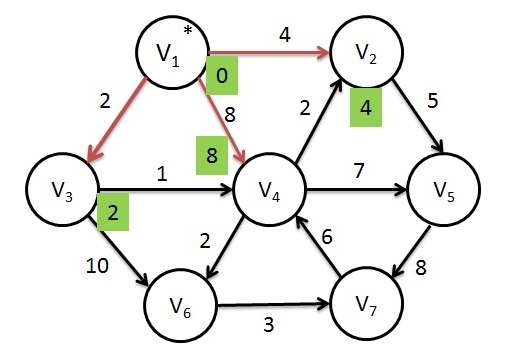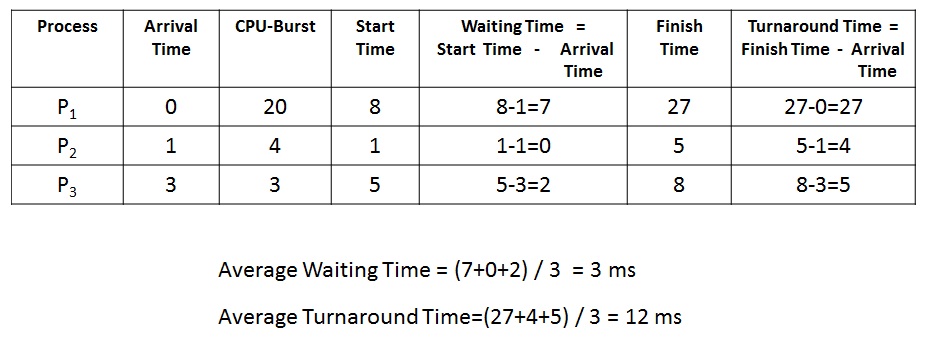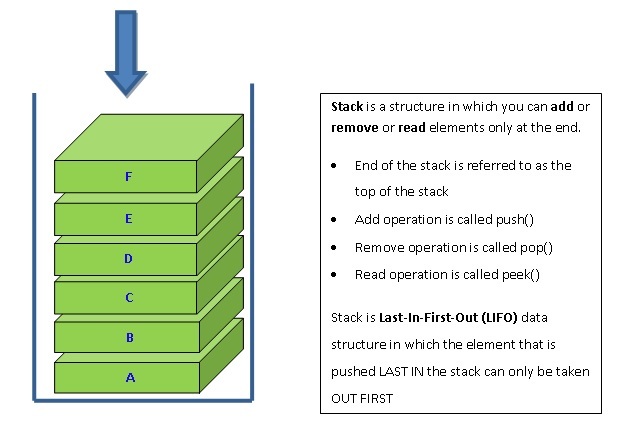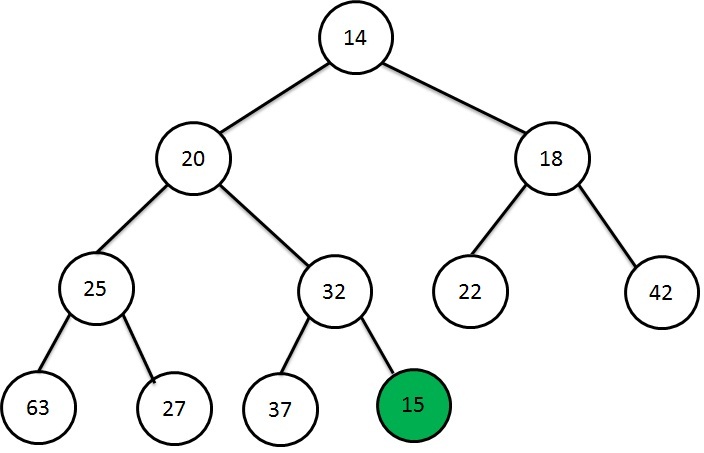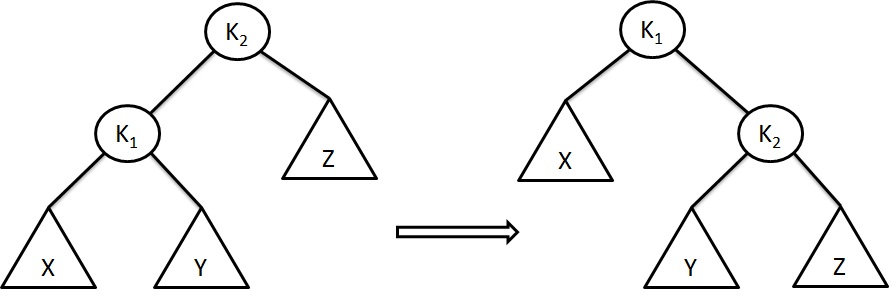Difference between Java and Groovy
Java as well as Groovy code run on the Java Runtime environment. Groovy code is compiled to the Java byte-code. Groovy was primarily written with the objective to easy the code writing compared to Java but still run on the JRE.
- Groovy language along with the Grails Framework revolutionized simple and easy application building on the JRE.
- Groovy and Grails were created inspired by Ruby On Rails.
- Groovy supports object oriented programming, meta-programming and functional programming.
- Groovy supports many interesting concepts such as traits which support multiple inheritance without the diamond problem.
- Curry is another interesting feature supported by Groovy to create a modified version of closure (used in other languages) by providing default values to some of the closure parameters
| Java | Groovy |
|---|---|
| Groovy code does not compile within a Java project | All valid Java code works in Groovy as well |
| Only java.lang package is imported by default | Lot of Standard Java packages such as java.lang, java.io, java.net, java.util are imported into groovy code by default |
| Method to be executed is determined at compile time | Method to be executed is determined at runtime |
| Braces { and } are used for Array initialization | Square brackets [ and ] are used for Array initialization |
| Not specifiying a scope will result in default scope being considered | Not specifying a scope will result in private scope being considered |
| Java 8 supports lambdas and method references | Groovy supports closures |
| Spring boot provides convention-by-configuration for Java language | Grails provides convention-by-configuration for Groovy language |
| Spring ORM provides support for Hibernate for Java language | Grails GORM provides support for Hibernate for Groovy language |
| Java Strings are created with double quotes | Groovy Strings are created with single or double quotes |
| Java Strings do not support templating by default | Groovy GStrings provide templating ability by default |
| Java not suitable for scripting | Since Groovy has a lot of defaults like no need of class name, no need of imports for some of java packages, simple declarations of maps and arrays, it is suitable for scripting |
| Java does not autowrap primitive unless actually needed. Java prefers widening of primitive data type over autoboxing. For example, int is preferably converted to long over converting to Integer | Groovy autowraps all primitives by default. int is converted to Integer by default |
| For Java objects, == checks only for identity and does not check for equality | For Groovy objects,== checks for comparison if the object supports Comparable interface and checks for equality otherwise |
| In Java, we have to use Object class to refer to anything | In Groovy, def keyword can be used |
| Java does not have easy support for meta-programming compared to Groovy language | Groovy supports meta-programming with ease |







